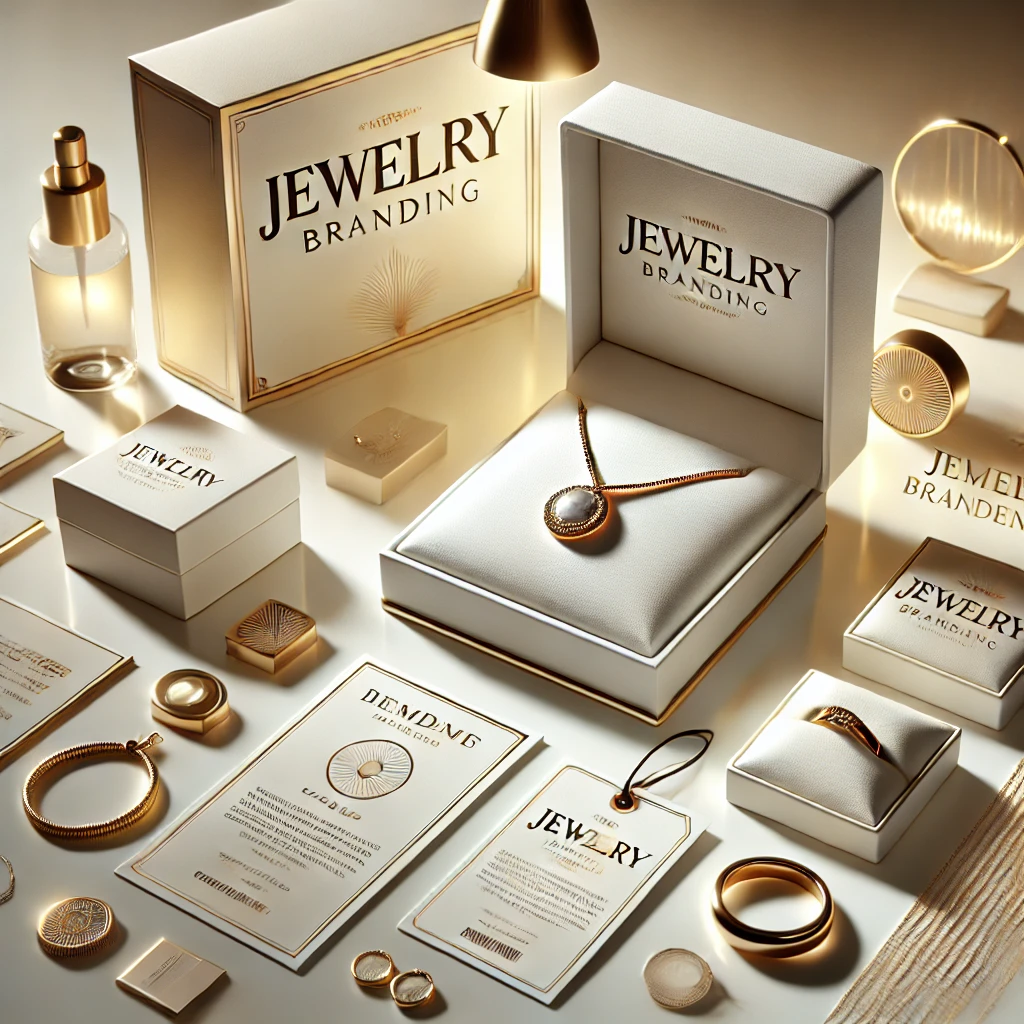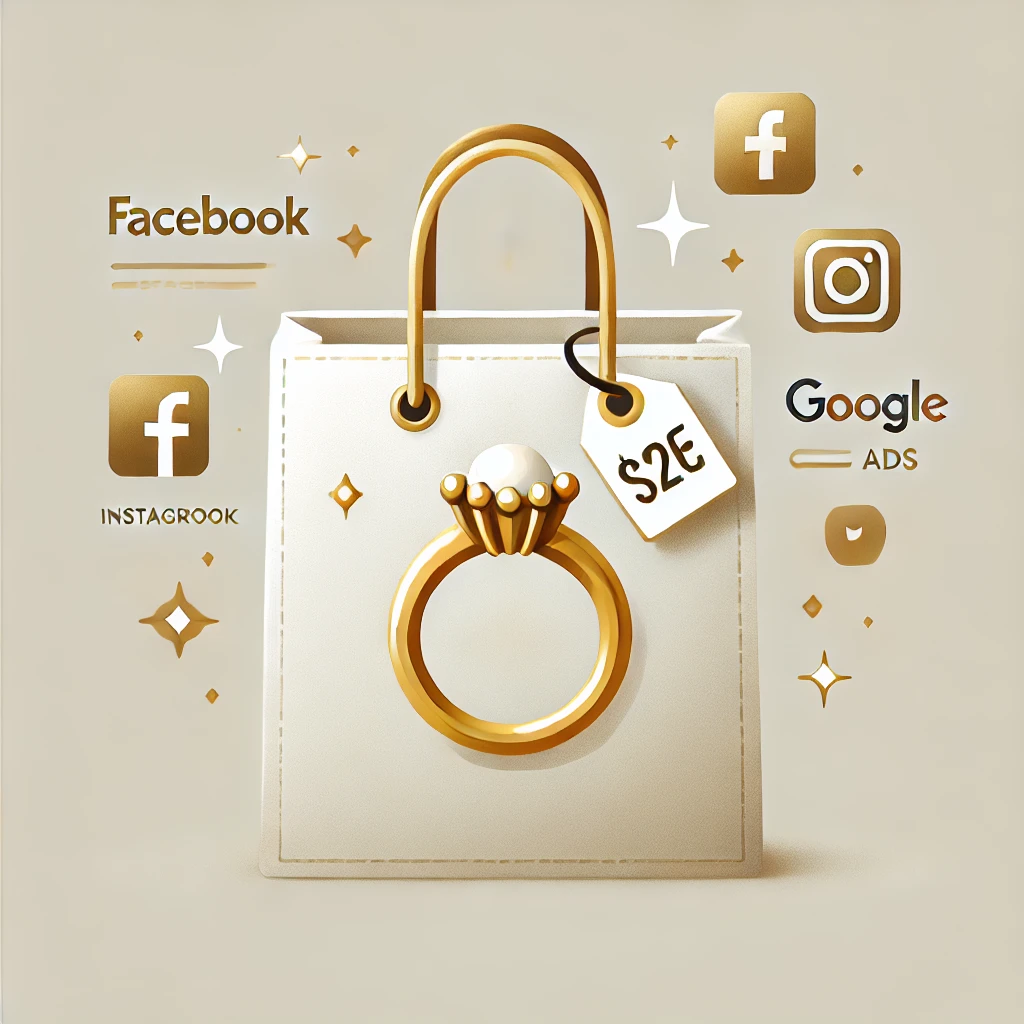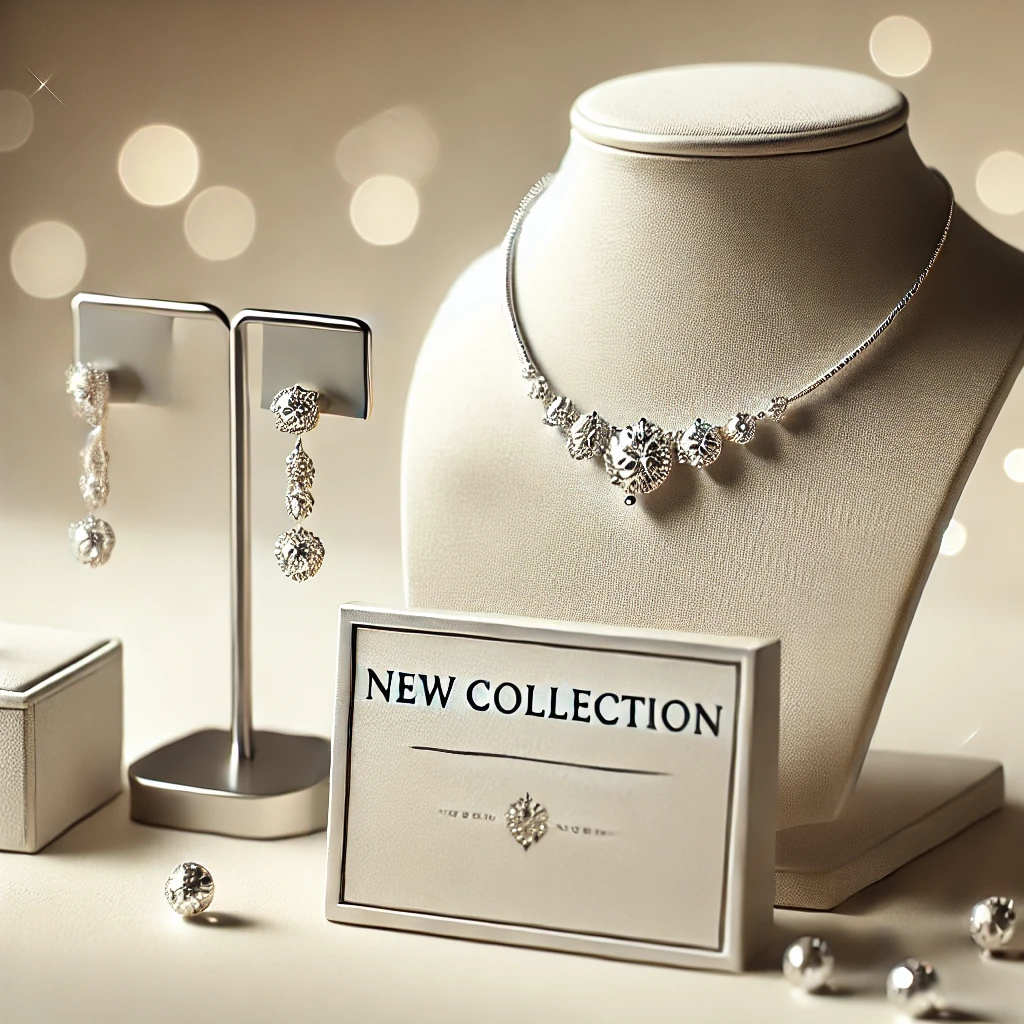Introduction
In the world of jewelry, where emotions, craftsmanship, and luxury intertwine, branding plays a pivotal role in defining a business’s success. Jewelry isn’t just a product; it’s a symbol of love, celebration, and personal expression. Branding in jewelry marketing isn’t just about a fancy logo or a catchy tagline—it’s about creating an identity that resonates with your audience. A strong brand and jewelry marketing can elevate your business, making it memorable and desirable in a market flooded with options.
Branding in jewelry marketing is more than just a logo or a tagline it’s the story, identity, and promise that a brand communicates to its audience. It’s about creating an emotional connection, building trust, and standing out in a fiercely competitive market. A strong brand can elevate your jewelry business, making it memorable, desirable, and trustworthy.
Benefits of Strong Branding in Jewelry Marketing
Building Customer Trust
In the world of luxury items like jewelry, trust is everything. Customers need assurance that they’re investing in a product that’s genuine and worth its price. A strong brand fosters this trust by consistently delivering quality and value.
Differentiation in a Competitive Market
The jewelry marketing is highly competitive, with countless brands vying for attention. Branding helps you stand out, offering a unique identity that customers can connect with.
Enhanced Customer Loyalty
A well-established brand creates emotional ties with its audience. When customers feel connected to your brand, they’re more likely to return, transforming one-time buyers into loyal patrons.
Increased Perceived Value
Branding adds an element of prestige. A beautifully branded piece of jewelry often feels more valuable than a generic one, even if the materials are the same.

Key Elements of a Jewelry Brand
Logo and Visual Identity
Your logo is the face of your brand. Combined with elements like color schemes, typography, and packaging, it creates a visual identity that customers recognize instantly.
Brand Story and Values
What inspired your brand? Sharing your story and values gives your audience something to relate to, making your brand more authentic and memorable.
Target Audience Understanding
A successful jewelry brand knows its audience inside out. Are your customers looking for affordable elegance, or are they drawn to exclusive luxury?
Consistency in Messaging
Your messaging should be cohesive across all platforms—from social media to in-store interactions. Consistency builds trust and reinforces your brand’s identity.
How to Build a Strong Brand in Jewelry Marketing
Building a strong brand in jewelry marketing involves creating an identity that resonates deeply with your target audience, conveys trust, and stands out in a competitive market. Below is a detailed breakdown of the key steps to achieve this:
1. Research and Analysis
Understanding your market and audience is the foundation of effective branding. Start by analyzing the following:
- Competitor Analysis: Study successful jewelry brands and jewelry marketing to identify their strengths and weaknesses. Look for gaps you can fill or unique angles you can use to differentiate yourself.
- Target Audience Insights: Dive deep into your customers’ preferences, lifestyles, and purchasing behaviors. Are they drawn to luxury items, affordable fashion, or ethically sourced pieces?
- Industry Trends: Keep up with market trends like sustainable jewelry, personalized designs, or technology-driven innovations like virtual try-ons.
2. Crafting a Unique Value Proposition (UVP)
Your UVP is the unique promise you make to your customers. It should clearly articulate what sets your brand apart. For example:
- Are your designs handcrafted by skilled artisans?
- Do you focus on sustainability by using recycled materials?
- Are your pieces affordable yet stylish, catering to a specific demographic?
By highlighting your UVP, you provide customers with a compelling reason to choose your brand over others.
3. Leveraging Emotional Connection
Jewelry is often associated with life’s most cherished moments—engagements, anniversaries, and celebrations. By Jewelry marketing use this emotional aspect to create a narrative that connects with your audience. For instance:
- Share stories behind your designs that evoke emotion.
- Highlight the sentimental value of your pieces, emphasizing how they can become heirlooms or symbols of special memories.
4. Developing a Consistent Visual Identity
Your brand’s visual identity is its first impression. Ensure it’s memorable and cohesive by focusing on:
- Logo Design: Create a logo that reflects your brand’s essence or jewelry marketing whether it’s minimalist, luxurious, or playful.
- Color Palette and Typography: Choose colors and fonts that align with your brand’s personality. For example, gold and deep green may symbolize luxury, while pastel shades can appeal to a younger, trendier audience.
- Packaging and Presentation: A beautiful unboxing experience leaves a lasting impression and reinforces your brand’s premium feel.
5. Building a Strong Online Presence
In today’s digital era, having a robust online presence is non-negotiable. Focus on:
- Website Optimization: Ensure your website is visually appealing, easy to navigate, and optimized for SEO. Include high-quality images, detailed product descriptions, and a smooth checkout process.
- Social Media Marketing: Platforms like Instagram, Pinterest, and TikTok are ideal for showcasing jewelry. Use engaging visuals, reels, and influencer collaborations to reach a wider audience.
- Content Marketing: Create blogs, videos, and guides that add value to your customers’ lives. For example, “How to Choose the Perfect Engagement Ring” can position you as an industry expert.

6. Emphasizing Authenticity and Transparency
Modern consumers value authenticity. Be transparent about your sourcing, manufacturing processes, and brand values. If you focus on sustainability, highlight your ethical practices and certifications to build trust and proper jewelry marketing takes place.
7. Creating Memorable Experiences
A strong brand doesn’t just sell products; it sells experiences. This can include:
- Hosting jewelry-making workshops or virtual events.
- Offering personalized consultations or customization options.
- Sending thank-you notes or loyalty rewards to customers after their purchase.
8. Utilizing Technology for Personalization
Incorporate technology to enhance the customer experience. For example:
- Virtual try-ons allow customers to visualize how a piece will look on them before buying.
- AI-driven recommendations can suggest pieces based on their preferences.
9. Consistency Across All Channels
Your messaging, visuals, and tone should be consistent across all platforms—whether it’s your website, social media, or in-store experience. Consistency reinforces your brand’s identity and builds trust over time.
10. Measuring and Refining Your Branding Efforts
Finally, track the success of your branding strategies by analyzing metrics such as:
- Website traffic and conversion rates.
- Social media engagement and follower growth.
- Customer feedback and reviews.
Use these insights to refine your approach and continuously improve your brand’s impact.
Branding Strategies for Jewelry Businesses in
Storytelling and Heritage Marketing
Share the history behind your designs or your brand’s journey. This approach adds depth and authenticity to your branding.
Social Media Branding
Platforms like Instagram and Pinterest are perfect for showcasing your jewelry. High-quality visuals and engaging content can turn followers into customers.
Partnering with Influencers
Collaborate with influencers who align with your brand’s values. Their endorsement can significantly boost your credibility and reach.
The Power of Packaging
Don’t underestimate the impact of packaging. A luxurious unboxing experience can leave a lasting impression and encourage repeat purchases.
Challenges in Jewelry Branding
High Competition
Standing out in a saturated market is tough, but a unique brand identity can give you an edge.
Balancing Tradition and Modernity
How do you honor timeless craftsmanship while staying relevant to modern tastes? It’s a challenge every jewelry brand must navigate.
Maintaining Brand Consistency
As your business grows, ensuring consistency across all touchpoints can be tricky but is crucial for long-term success.
Future Trends in Jewelry Branding
Sustainability and Ethical Sourcing
Consumers are increasingly drawn to brands that prioritize sustainability. Highlight your ethical practices to connect with eco-conscious buyers.
Technology and Personalization
From virtual try-ons to customized designs, technology is transforming how customers interact with jewelry brands.
Conclusion
Branding is the backbone of any successful jewelry marketing strategy. It’s not just about selling products; it’s about creating a story, building trust, and forming lasting connections with your audience. By investing in a strong brand identity, you can elevate your business, set yourself apart, and ensure long-term success.
FAQs
- What is the role of branding in jewelry marketing?
Branding helps establish trust, differentiate your business, and create an emotional connection with customers. - How can small jewelry businesses compete with established brands?
Focus on unique offerings, personalized service, and consistent branding to carve out your niche. - What are the key mistakes to avoid in jewelry branding?
Avoid inconsistent messaging, neglecting your target audience, and underestimating the power of social media. - How does sustainability influence jewelry branding?
Ethical practices and sustainable sourcing can enhance your brand’s appeal to eco-conscious consumers. - Why is social media important for jewelry marketing?
Social media allows you to showcase your products, engage with your audience, and build a loyal community.

